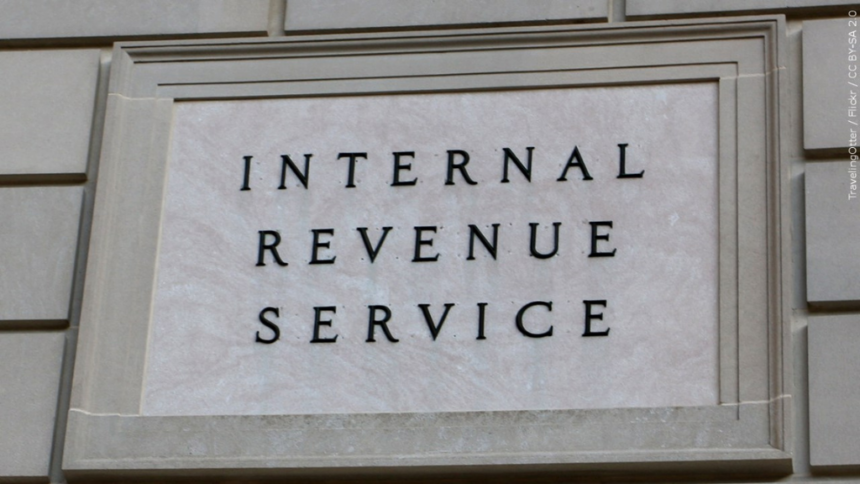WASHINGTON – Today, U.S. Small Business Administration (SBA) Administrator Isabella Casillas Guzman announced major enhancements to the COVID Economic Injury Disaster Loan (EIDL) program, a federal disaster relief loan designed to better serve and support our small business communities still reeling from the pandemic, especially hard-hit sectors such as restaurants, gyms, and hotels. The SBA is ready to receive new applications immediately from small businesses looking to take advantage of these new policy changes.
“The SBA’s COVID Economic Injury Disaster Loan program offers a lifeline to millions of small businesses who are still being impacted by the pandemic,” SBA Administrator Isabella Casillas Guzmansaid. “We’ve retooled this critical program – increasing the borrowing limit to $2 million, offering 24 months of deferment, and expanding flexibility to allow borrowers to pay down higher-interest business debt. We have also ramped up our outreach efforts to ensure we’re connecting with our smallest businesses as well as those from low-income communities who may also be eligible for the companion COVID EIDL Targeted Advance and Supplemental Advance grants totaling up to $15,000. Our mission-driven SBA team has been working around the clock to make the loan review process as user-friendly as possible to ensure every entrepreneur who needs help can get the capital they need to reopen, recover and rebuild.”
Key changes being announced by the SBA include:
- Increasing the COVID EIDL Cap. The SBA will lift the COVID EIDL cap from $500,000 to $2 million. Loan funds can be used for any normal operating expenses and working capital, including payroll, purchasing equipment, and paying debt.
- Implementation of a Deferred Payment Period. The SBA will ensure small business owners will not have to begin COVID EIDL repayment until two years after loan origination so that they can get through the pandemic without having to worry about making ends meet.
- Establishment of a 30-Day Exclusivity Window. To ensure Main Street businesses have additional time to access these funds, the SBA will implement a 30-day exclusivity window of approving and disbursing funds for loans of $500,000 or less. Approval and disbursement of loans over $500,000 will begin after the 30-day period.
- Expansion of Eligible Use of Funds. COVID EIDL funds will now be eligible to prepay commercial debt and make payments on federal business debt.
- Simplification of affiliation requirements. To ease the COVID EIDL application process for small businesses, the SBA has established more simplified affiliation requirements to model those of the Restaurant Revitalization Fund.
The enhancements to the COVID EIDL program will allow more businesses greater and more flexible support from the over $150 billion in available COVID EIDL funds. Additionally, these changes will help entrepreneurs access capital at a time when, according to a recent Goldman Sachs 10,000 Small Businesses survey, 44 percent of small business owners report having less than three months of cash reserves, and only 31 percent reporting confidence in gaining access to funding.
Increased Loan Cap to $2 Million, Expanded Use of Funds to Pay and Prepay Business Debt, Streamlined Review Processes, and Deferred Payments; First Approval and Disbursement of Loans of $500,000 or Less Also Introduced.
How to apply
Eligible small businesses, nonprofits, and agricultural businesses in all U.S. states and territories can apply. Visit www.sba.gov/eidl to learn more about eligibility and application requirements. The last day that applications may be received is December 31, 2021. All applicants should file their applications as soon as possible.
For additional information on COVID EIDL and other recovery programs please visit www.sba.gov/relief. Small business owners may call SBA’s Customer Service Center at 1-800-659-2955 (1-800-877-8339 for the deaf and hard of hearing) or email DisasterCustomerService@sba.gov for additional assistance. The center is open Monday through Friday from 8 a.m. to 8 p.m. EST. Multilingual representatives are available. Small business owners may also contact SBA’s Resource Partners by visiting www.sba.gov/local-assistance.
Application Process and Fraud Control Enhancements
In addition to the policy enhancements, the SBA has invested in optimized processes and increased capacity to improve the customer service experience for applicants. Directed by Administrator Guzman to swiftly and drastically enhance COVID EIDL, the revamped management team implemented new processes and performance management such as prioritizing personnel for COVID EIDL and increasing the average number of loan application decisions made. The SBA accelerated daily processing of loan increases from close to 2,000 applications to more than 37,000 applications daily. Loan officer productivity also went from 1.86 applications per day to 15 applications per day. As a result of these increased loan review rates, the 600,000+ loan increase backlog has been cleared and new applications can be processed immediately. At the same time, and to ensure taxpayer dollars are used to support businesses that need COVID EIDL funding most, the SBA has increased fraud controls and is working in collaboration with the SBA Inspector General to closely monitor the program.
All business owners that have received previous loans through the SBA’s Paycheck Protection Program (PPP), Restaurant Revitalization Fund (RRF), or Shuttered Venue Operators Grant (SVOG) can still benefit from COVID EIDL. To learn more about the application process, visit www.sba.gov/eidl.
About Economic Injury Disaster Loans
In response to COVID-19, small business owners, including agricultural businesses, and nonprofit organizations in all U.S. states, Washington, D.C., and territories can apply for the COVID-19 Economic Injury Disaster Loan (EIDL). The purpose of EIDL is for small businesses to meet financial obligations and operating expenses that could have been met had the disaster not occurred.
About the U.S. Small Business Administration
The U.S. Small Business Administration makes the American dream of business ownership a reality. As the only go-to resource and voice for small businesses backed by the strength of the federal government, the SBA empowers entrepreneurs and small business owners with the resources and support they need to start and grow their businesses. It delivers services to people through an extensive network of SBA field offices and partnerships with public and private organizations. To learn more, visit www.sba.gov.
Source: SBA- September 9, 2021 | Release Number 21-81





